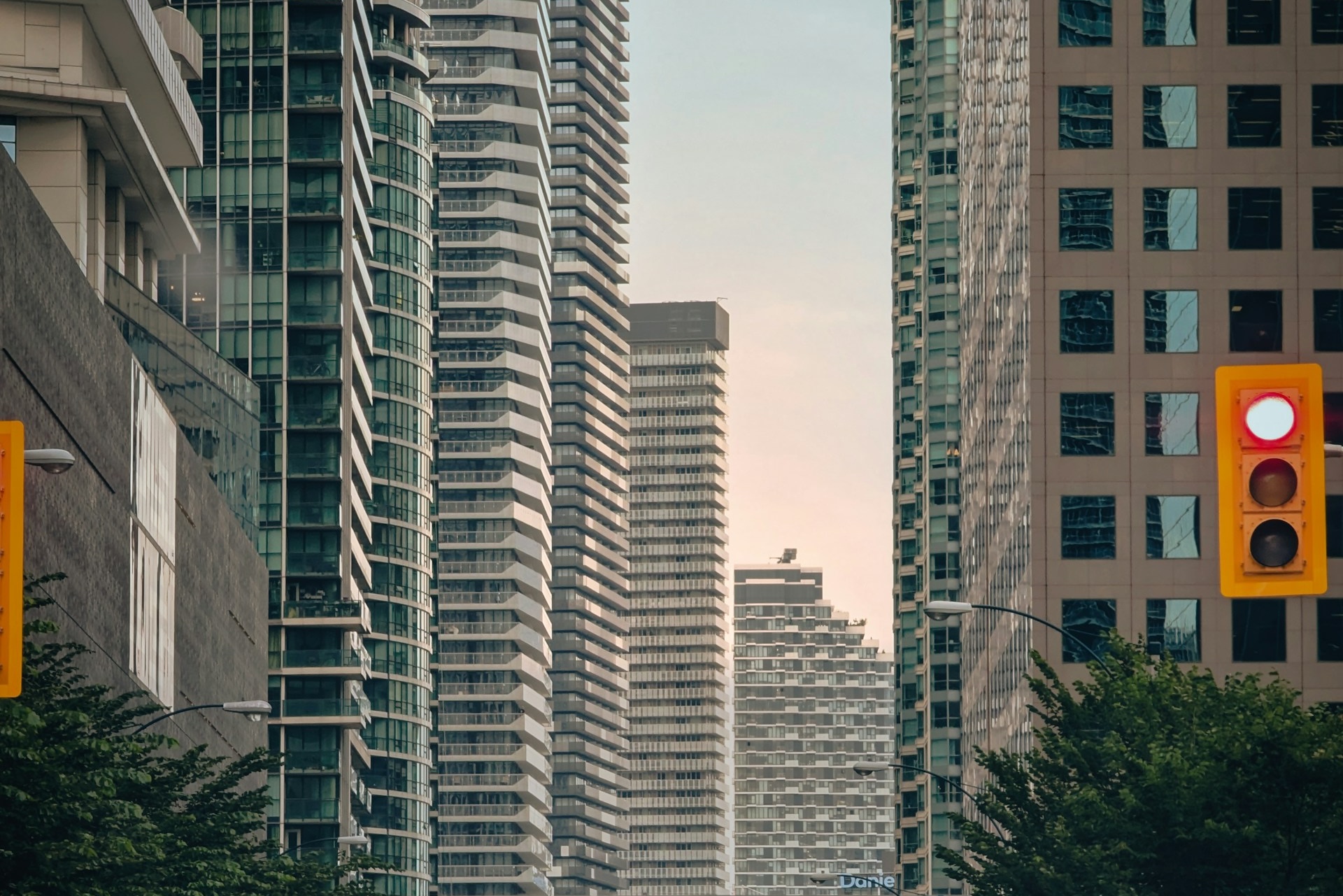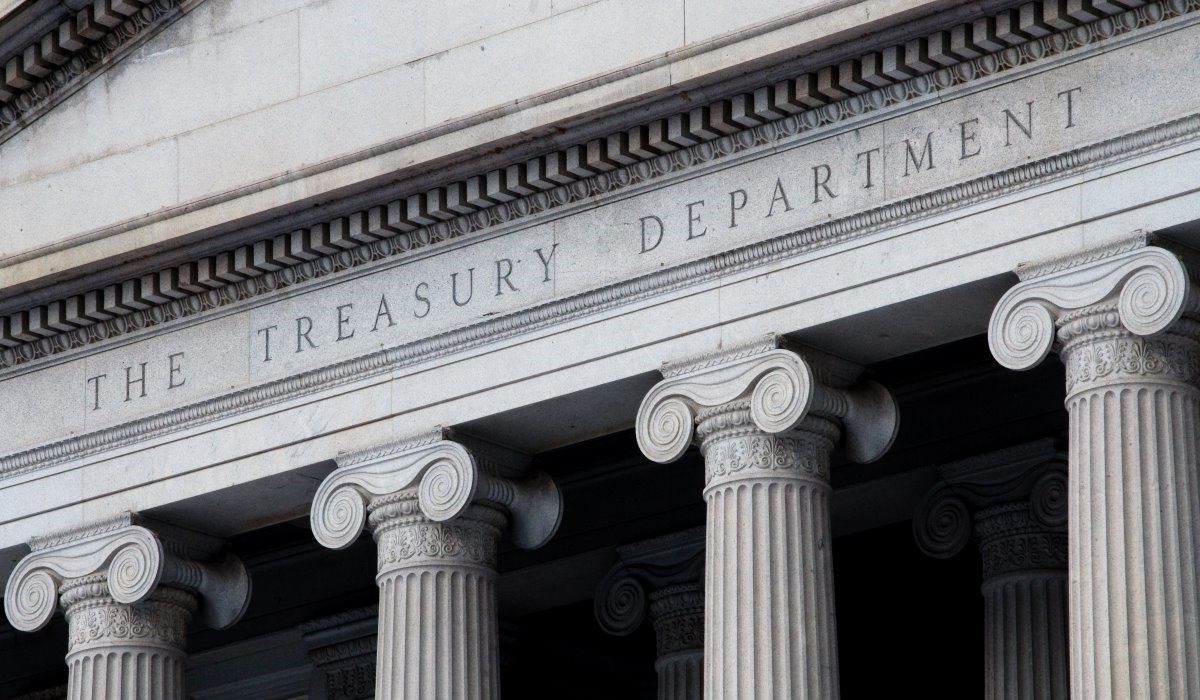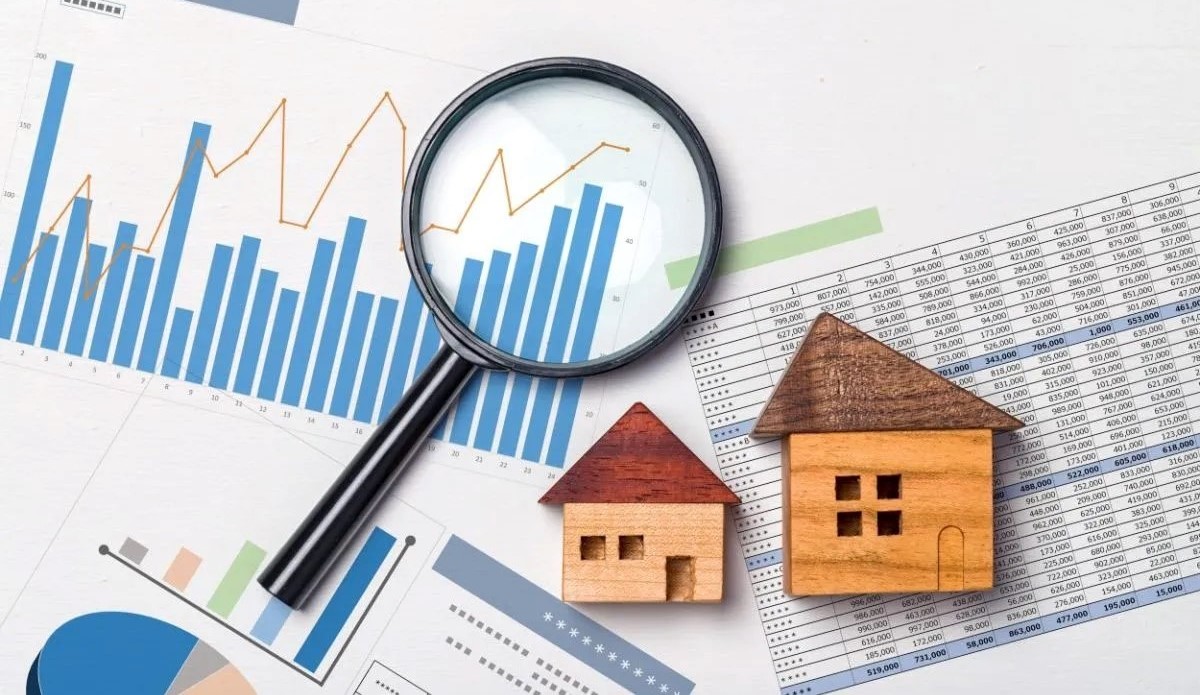
September 20, 2024 by Mark Ferguson
Let’s dive into how interest rates are affecting the real estate market, particularly from an investor’s point of view. I’ll use an upcoming property purchase as an example to show how high versus low interest rates can make or break an investment.
Video: Does it Still Make Sense to Invest in Rental Properties?
The Property: A Rough Aplex with Opportunity
I’m about to close on an 8-plex (eight-unit building) that’s seen better days. It’s a rough property, but it has a lot of potential. In real estate, you make money by adding value, and that’s exactly what I plan to do. In today’s high-interest-rate environment, it’s nearly impossible to make rental properties cash flow without taking steps to improve them, either by increasing rents or enhancing the property.
This particular property was listed on the MLS, and it’s a rare find in Northern Colorado. Even at $600,000, which is very cheap for an 8-plex in our area, the numbers aren’t great under current conditions. However, that’s why it’s available at a lower price—because it needs work. Let’s look at how interest rates play into the decision to buy a rental property like this one.
InvestFourMore Cash-on-Cash Calculator
How Interest Rates Impact Cash Flow
The cost of borrowing is a huge factor for investors. With interest rates as high as they are today, the numbers on many rental properties simply don’t add up. For this example, I’ll assume a $600,000 purchase price with a 20% down payment, though in reality, I often use private money and refinance later.
- Purchase price: $600,000
- Down payment (20%): $120,000
- Loan amount: $480,000
- Monthly rent: $4,000
With a traditional 20% down payment, this deal would be tough to justify right now. The property brings in $4,000 per month in rent, but the mortgage and expenses eat up nearly all of that income, especially with current interest rates. If you were to pay all cash for the property, your return on investment (ROI) would be an abysmal 2.2%, which is well below inflation and far from ideal for any investor.
InvestFourMore Cash Flow Calculator
Additional Costs to Consider
Investors should also be aware of additional expenses beyond the down payment. You’ll need to factor in closing and loan costs, which can add up quickly. These might include:
- Appraisal fees
- Prepaid interest
- Insurance
- Taxes
- Loan origination fees
- Title costs
- Improvement Location Certificate (ILC)
In total, you’re looking at an additional 3% of the loan amount, or about $15,000, bringing your initial cash outlay to around $134,000. If you’re financing through a bank, you’ll also need reserves on hand to cover unexpected costs like vacancies or maintenance.
InvestFourMore Cap Rate Calculator
Ongoing Monthly Expenses
Here’s a breakdown of some estimated monthly expenses for this property:
- Insurance: $500
- Property taxes: $500 (this is in a small town, so taxes are relatively low)
- Property management: Even if you manage the property yourself, you need to account for your time.
- Maintenance: Given the rough condition of this property, maintenance costs could be high, particularly if the property isn’t fully renovated.
- Vacancies: Vacancies are always a factor. Lower-quality properties tend to have more tenant turnover, while renovated properties attract longer-term tenants.
Before financing, this property is already costing about $2,900 a month to operate. If it brings in $4,000 a month in rent, that leaves just $1,100 a month in profit, or $13,200 a year. For a $600,000 investment, this results in a 2.2% ROI—not nearly enough to make it worthwhile.
The Impact of Financing
Let’s assume you take out a $480,000 loan with an 8% interest rate on a 30-year term, which is typical for investors right now. Your monthly mortgage payment would be approximately $3,522. Combined with the operating expenses of $3,000 a month, your total expenses are $7,000. Since the property only brings in $4,000 in rent, you’d be losing $3,000 a month!
If you plan to hold the property and fix it up, you might be able to increase the rents to $7,000–$8,000 a month. In that case, your cash flow would improve, but you’d still only be earning around $1,000 a month, or a 5% ROI—still not great for the effort and risk involved.
How to Qualify for a Loan on an Investment Property
When Interest Rates Drop
The real opportunity comes when interest rates fall. If rates were to drop to 5%, your monthly mortgage payment would decrease to around $3,000. Now, with $8,000 a month in rental income, your expenses would total $6,000, leaving $2,000 a month in profit, or a 10% ROI. This scenario shows how significantly lower rates can change the profitability of a property.
Building Equity and Future Appreciation
Beyond cash flow, there’s another reason to invest in rental properties: appreciation and equity growth. If I fix up the property and raise rents, other investors may be willing to buy it at a higher price, accepting lower returns in exchange for the improved condition and potential for future appreciation.
For example, if the rents reach $96,000 annually, and the property sells at a gross rent multiplier of 9, the value could increase to around $860,000. After accounting for $100,000 in repairs and additional closing costs, that’s a potential $316,000 gain in equity—a strong outcome for a value-add property like this.
Conclusion
Buying rental properties in today’s high-interest-rate environment is challenging, but there are still opportunities for investors who know how to add value and improve properties. High rates may deter some, but if you can weather the storm and improve the property, you stand to benefit from future rate cuts and potential equity gains. The key is finding the right property, knowing your numbers, and being prepared for the risks and rewards that come with real estate investing.



















 English (US) ·
English (US) ·